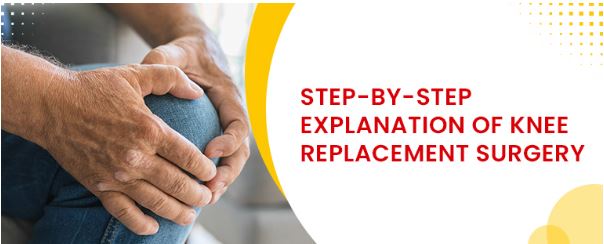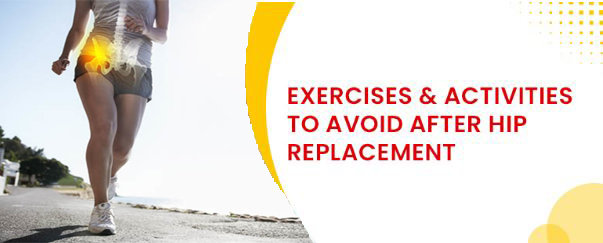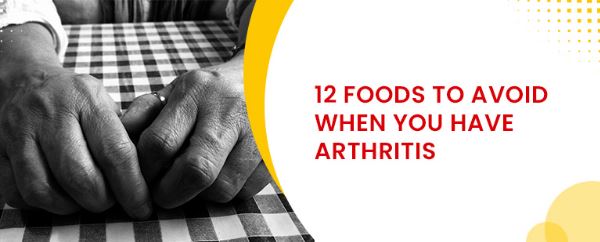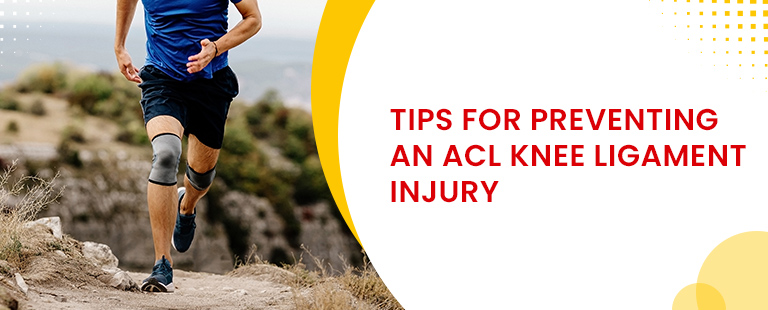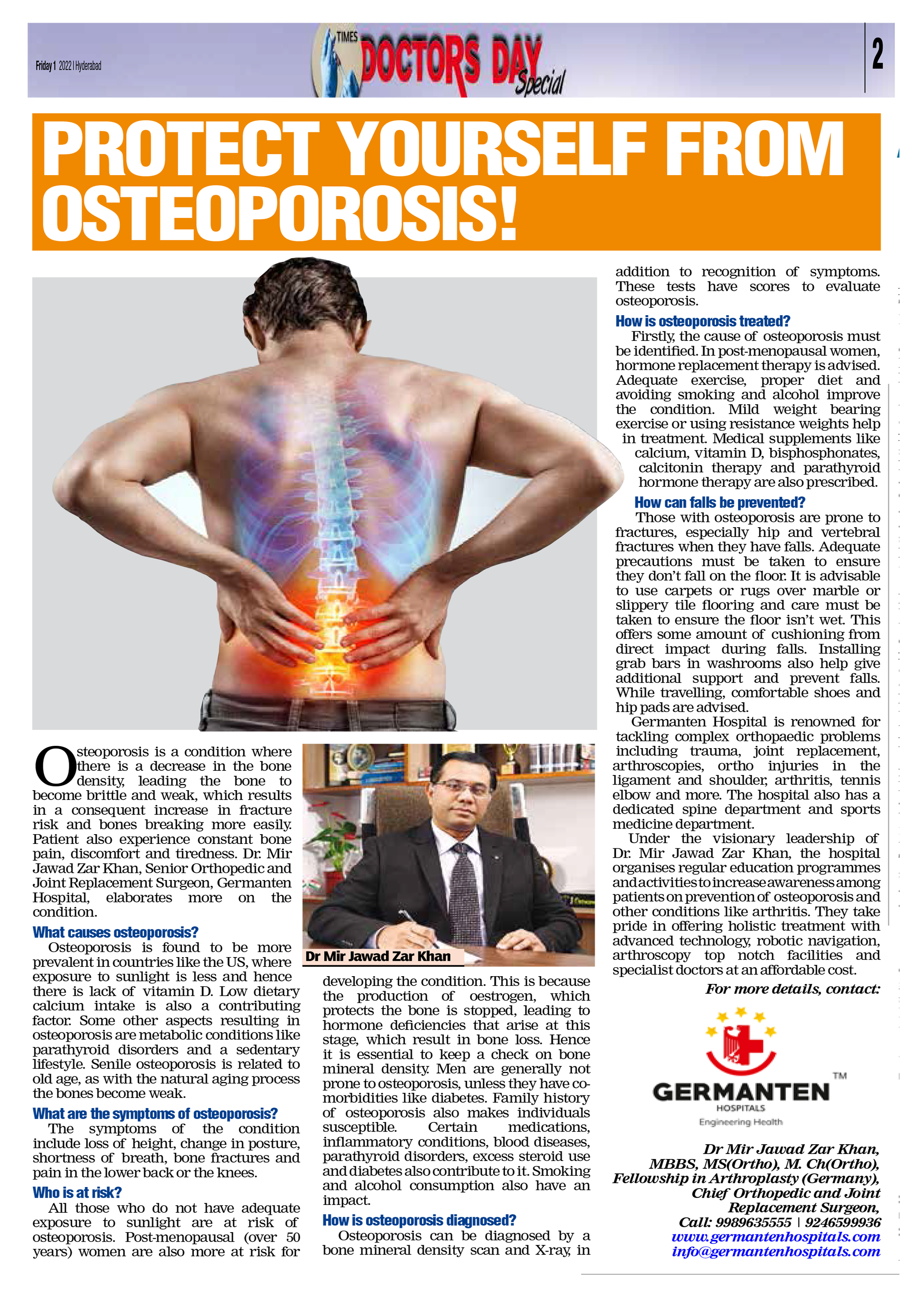Total knee replacement surgery is an intricate process which requires high expertise and skill from the surgeon to make exact measurements and precisely remove the affected bone, and shape the remaining portion in a manner to fit the knee implant. Finally, the surgeon would construct an artificial knee joint. Knee replacement surgery has a success rate of around 90%, which shows why it is in demand.
Knee joint replacement surgery is shorter when compared to some of the other joint replacement surgeries. However, even though the knee replacement surgery time is only around 1 to 3 hours, the doctor may ask you to stay back at the clinic for recovery for 2 to 3 days. But it will depend on your condition. Therefore, before deciding to undergo surgery, it is necessary to have a proper knee replacement explanation and other relevant details.
Here is an overview of how the knee joint replacement surgery takes place:
An incision in the knee
Knee joint replacement surgery begins with an incision in the front of the knee to reach the patella, commonly known as the kneecap. In the traditional method, the incision used to be 8-10 inches long. But with a minimally invasive procedure, the incision will only be 4-6 inches long. Either way, knee replacement surgery success rate depends on several factors, including the patient’s condition.
Rotation of kneecap
The kneecap, also known as the patella, is rotated by the surgeon outside the knee region. It helps them directly look into the area which has to be fixed.
Preparing the thigh bone
After the incision, the surgeon would resurface the femur, also known as the thigh bone. All the measurements are taken precisely, and cuts are made with the help of special instruments. The affected portion of bone and cartilage from the femur is removed by cutting it out. The end of the femur bone is shaped to attach perfectly to the femoral component of the artificial knee.
Insertion of the femoral component
The surgeon would implant the metallic femoral component in the femur bone. Then, it is sealed with the help of bone cement.
Preparation of the tibia bone
The subsequent bone, the surgeon, would resurface is the tibia, also known as the shinbone. The surgeon would precisely surface and reshape the top of the tibia bone to get under the metal and plastic tibial portion of the artificial knee.
Insertion of the tibial component
The lower portion of the implant, known as the tibial tray, is precisely inserted in the tibia bone and sealed fast with the help of bone cement. Once the tibial tray is placed in position, the surgeon would place it in a polyethene insert (of medical-grade plastic) which is in between the tibial tray and the femoral component. It acts as a buffer. The polyethene insert is essential to provide flexibility to the knee joint as you bend and sit down.
Adjustment of the knee cap
Before putting back the patella in its place, the surgeon would have to flatten it. A plastic component is then attached to the patella such that they fit in perfectly with the artificial knee. The plastic component might also be cemented if required.
Completion of the surgery
After the knee replacement surgery, the orthopaedic surgeon will check the flexibility, alignment, position and size of your knee to see if the implant is working correctly. Then, the surgery is ended by stitching up the incisions and bandaging the area. After the doctor has checked the flexibility and alignment, they shift the patient to the other room for recovery, with the leg in a continuous passive movement (CPM) machine. The purpose of using this machine is to gently keep the knee in a bent position and flex the artificial knee joint while the patient is lying down.
The knee replacement surgery time is usually 1 to 3 hours but varies according to the patient’s condition.
If you want more information about knee replacement surgery time and other relevant procedure details, come to Germanten hospital. Our doctors will explain the knee replacement procedure in great detail to ensure the patient has a complete understanding of what they want. So book your appointment with our experts today!


